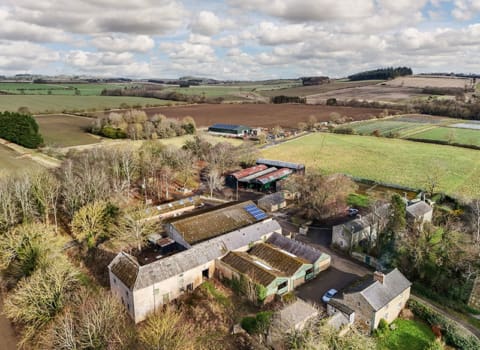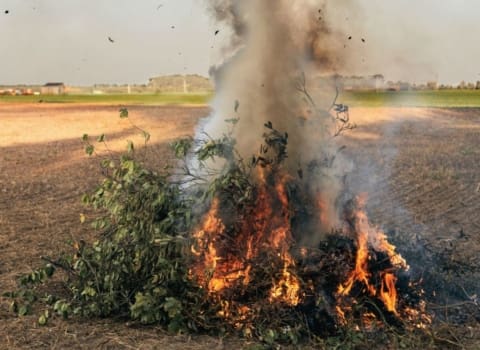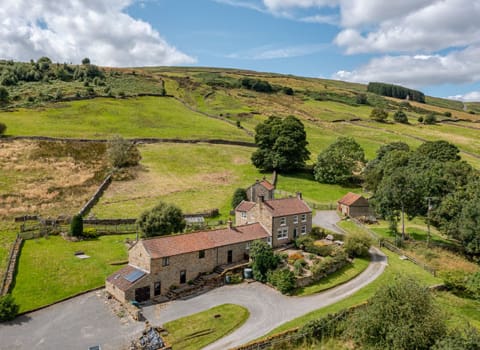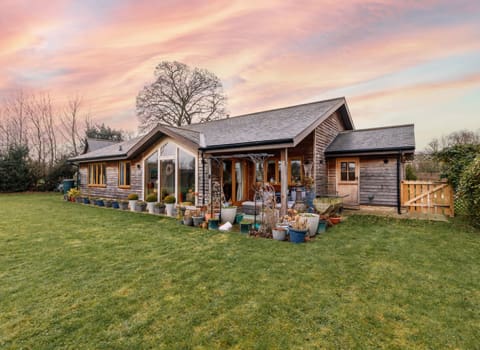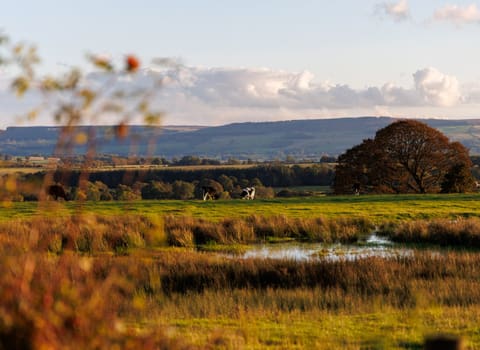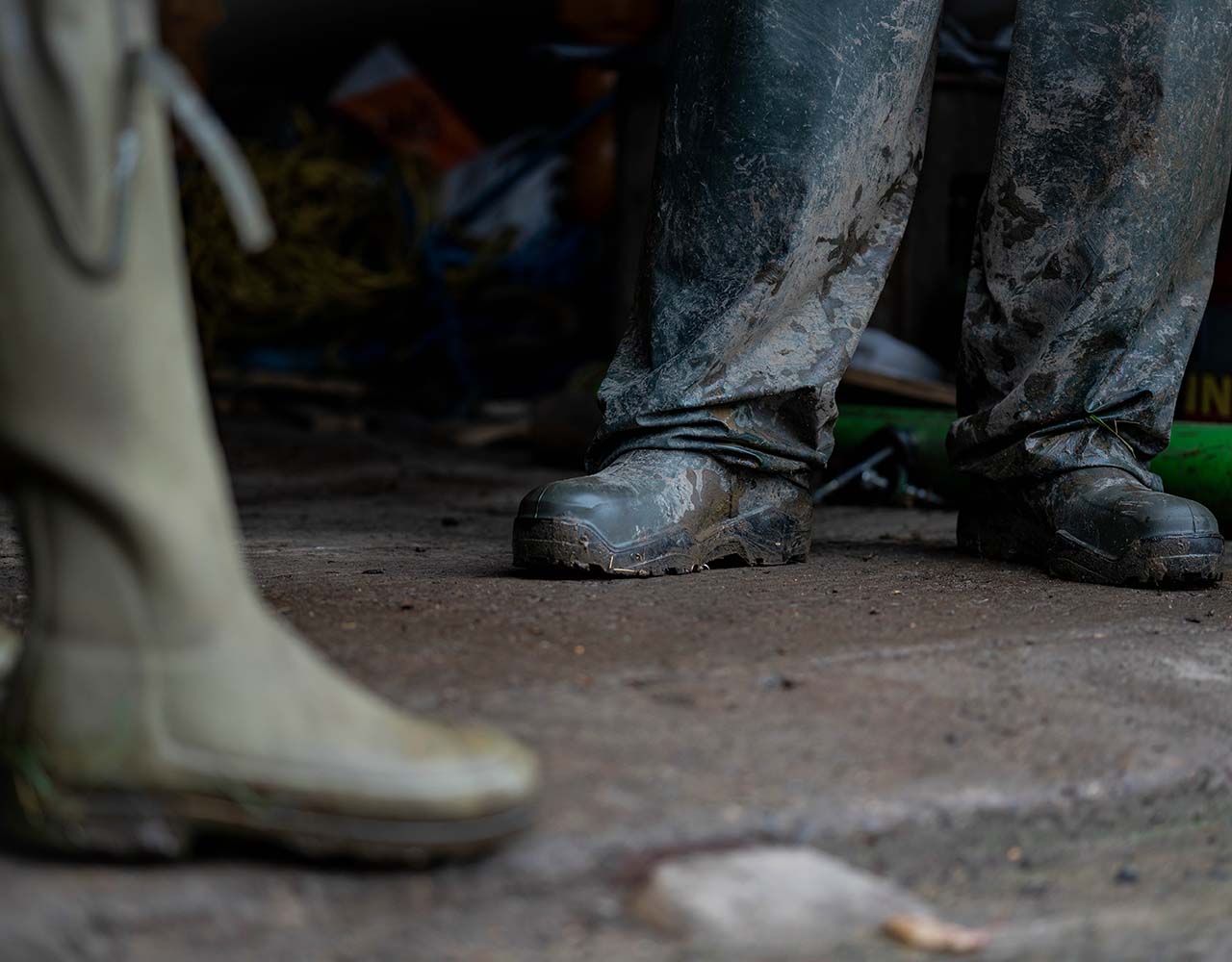Contact our offices
Main office
COLBURN
5 & 6 BAILEY COURT
COLBURN BUSINESS PARK
RICHMOND
NORTH YORKSHIRE
DL9 4QL
Estate Agency Offices are located in
BARNARD CASTLE, BOROUGHBRIDGE & RICHMOND
Residential Management Team
Our Offices
- Alnwick
01665 568310
Email Officealnwick@gscgrays.co.uk - Barnard Castle
01833 637000
Email Officebarnardcastle@gscgrays.co.uk - Boroughbridge
01423 590500
Email Officeboroughbridge@gscgrays.co.uk - Chester-Le-Street
0191 3039540
Email Officechester-le-street@gscgrays.co.uk - Colburn
01748 897630
Email Officecolburn@gscgrays.co.uk - Driffield
01377 337180
Email Officedriffield@gscgrays.co.uk - Hamsterley
01388 487000
Email Officehamsterley@gscgrays.co.uk - Hexham
01434 611565
Email Officehexham@gscgrays.co.uk - Kirkby Lonsdale
01524 880320
Email Officekirkbylonsdale@gscgrays.co.uk - Penrith
01768 597005
Email Officepenrith@gscgrays.co.uk
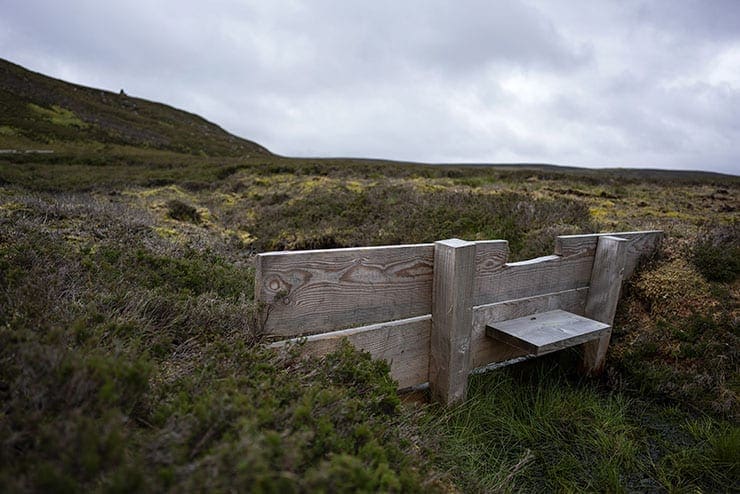
Upland conservation delivered through stewardship
With farming revenues coming under perpetual strain, diversification of income has been a key theme of farming advice for years.
There is much speculation as to how exactly the new Environmental Land Management Scheme (ELM) will be rolled out within the uplands once the tests and trials are complete; how it will integrate with existing land management practices, what capital works will be funded, and how this will dovetail with natural capital opportunities in both the public and private sectors.
In the meantime, if existing Higher Level Stewardship (HLS) schemes are not permitted to be extended, then Countryside Stewardship continues to provide opportunities for farmers and landowners across the uplands. Both Higher-Tier and Mid-Tier Stewardship (on in-bye ground) provides a useful annual income for a holding, especially with proposed reductions in the Basic Payment Scheme (BPS), as well as the opportunity to access funding for capital works.
GSC Grays were involved in one of the very first Higher-Tier Countryside Stewardship Schemes to be rolled out in the uplands. Not only did it provide regular annual income to the client, but it also enabled him to undertake extensive peat restoration works including grip blocking and reprofiling, installing sediment traps, reprofiling peat haggs, and bare peat restoration & sphagnum inoculation. Some Scheme income was then used to undertake dwarf shrub over-seeding works. In addition, grants were secured for some fencing and walling as well as creating wildlife benefits such as tree and scrub planting to promote suitable habitat to support the black game and scrape creation for waders, insects, and invertebrates.
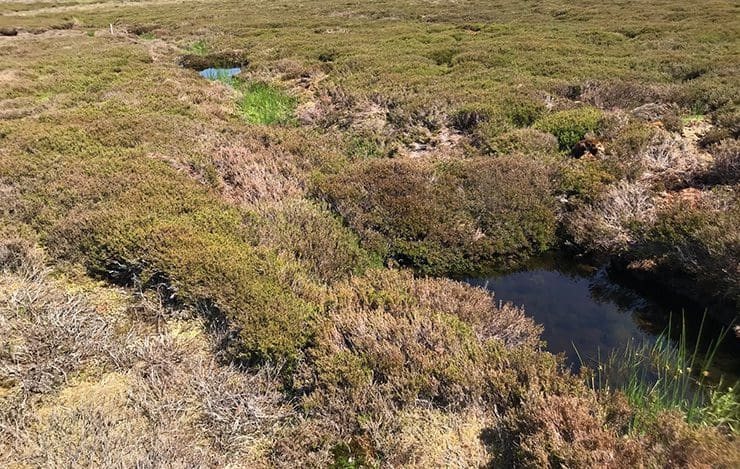
Since then we have been involved in negotiating the terms on, and delivering numerous schemes across the region, with Natural England. These Schemes have extended across tens of thousands of acres of moorland, and have delivered similar benefits to the above-mentioned Scheme; working in conjunction with owners and their staff, contractors, the Yorkshire Peat Partnership, and the Northumberland AONB.
Balancing the requirements of various stakeholders has been challenging at times but having a knowledge and appreciation of the different roles and requirements of the parties involved has helped ensure the delivery of successful schemes.
The supporting information required to deliver a Countryside Stewardship agreement can be extensive, especially where uplands are concerned as the sites are often common land and within SSSIs or European Designated sites.
Site Restoration Plans are a significant aspect of this requirement. They set out the consented management activities and any data recording or monitoring requirements of management activities such as heather burning & cutting and livestock grazing. Bracken Management Plans, Wildfire Risk Assessments, Management Plans, and Fire Response Plans are also required.
Programmes of work are often costly and ambitious, but help farmers and landowners deliver schemes for wider public benefit, as well as their own. The key drivers for entering such schemes are financial, socio-economic, and environmental. Habitat improvement, benefits to wildlife, improved water quality, flood prevention, reducing the risk of wildfire, and carbon storage are all important considerations. The big debate is whether to take advantage of a scheme now to access funding for capital works such as peatland restoration or to wait and see if a more suitable option emerges. Whether entering a Scheme now will block access to public or private sector funding for Natural Capital in due course is yet to be seen. There is no blanket approach as yet, each case should be considered on its own merits, although one would expect public and private sector funding for carbon-related capital works to be readily available over the coming years.
DEFRA advise that Countryside Stewardship can be terminated early in favour of ELM, which may help this decision; equally, the suggestion that some stand-alone capital grants for peatland work may be made available prior to ELM being rolled out will also be of interest.
There are still so many variables and much to consider but one thing is for certain, ELM will take over from Countryside Stewardship in due course, in delivering upland schemes that will help shape, support and enable upland management in a sustainable way. In the meantime, Countryside Stewardship has already helped a number of our clients achieve this.



